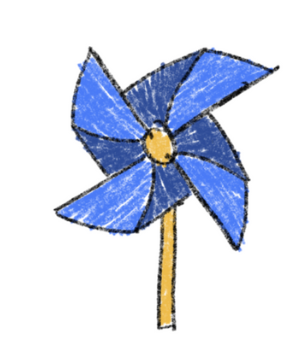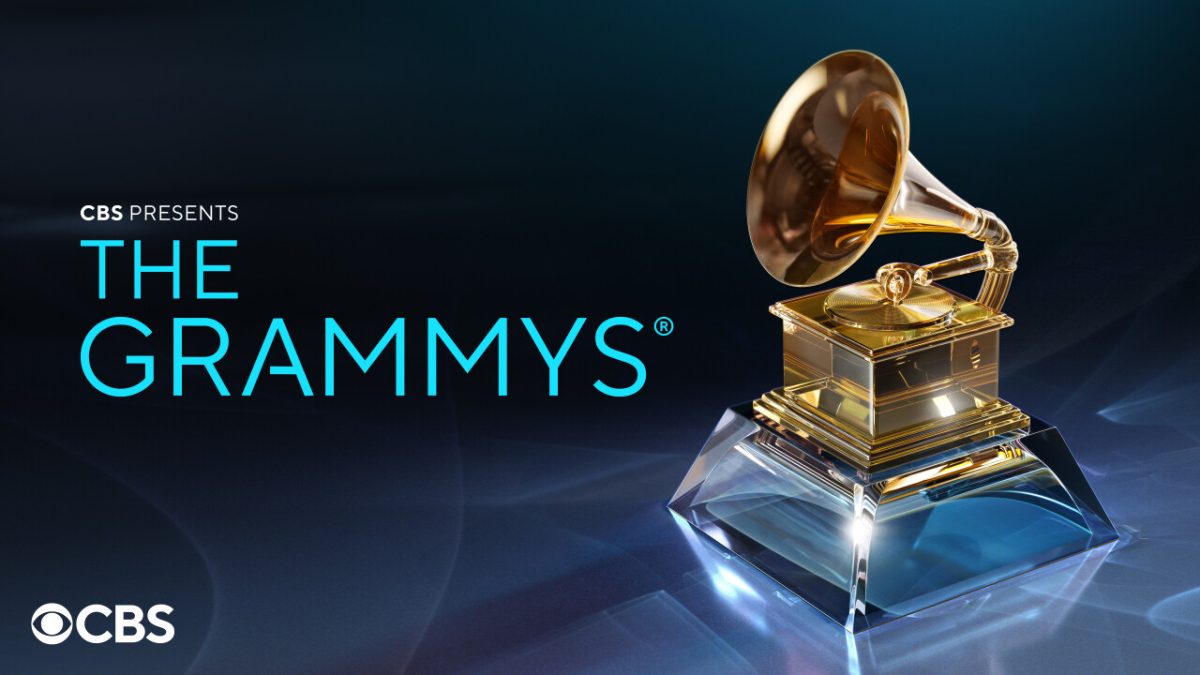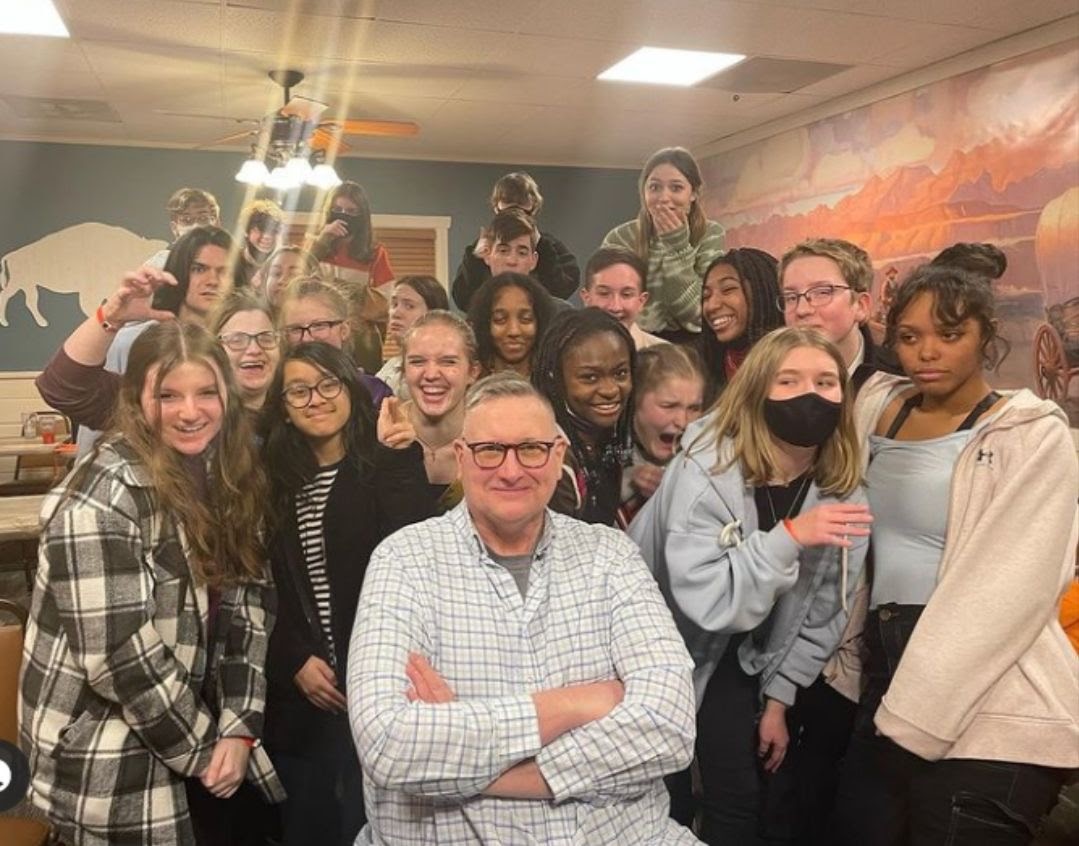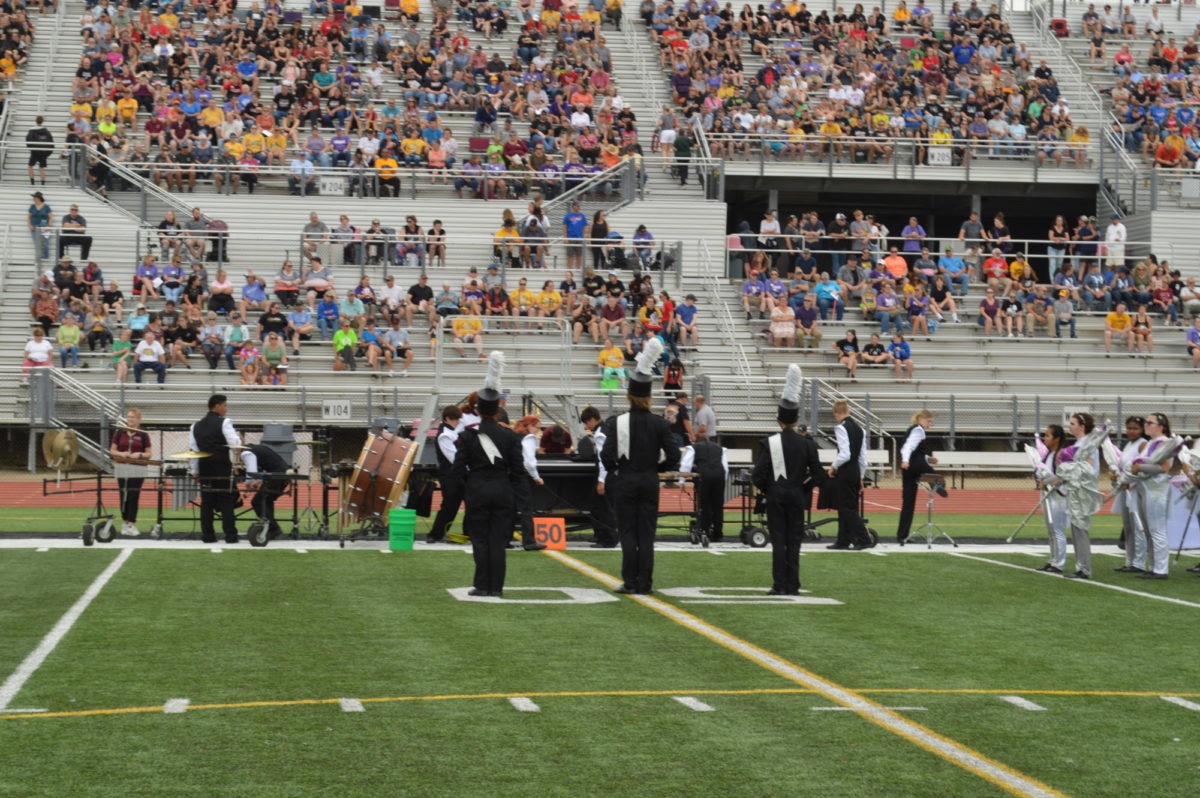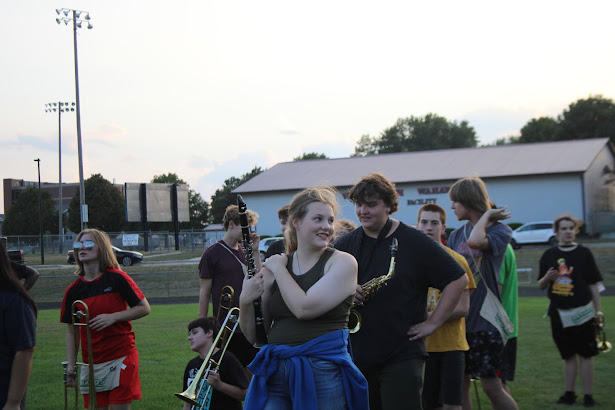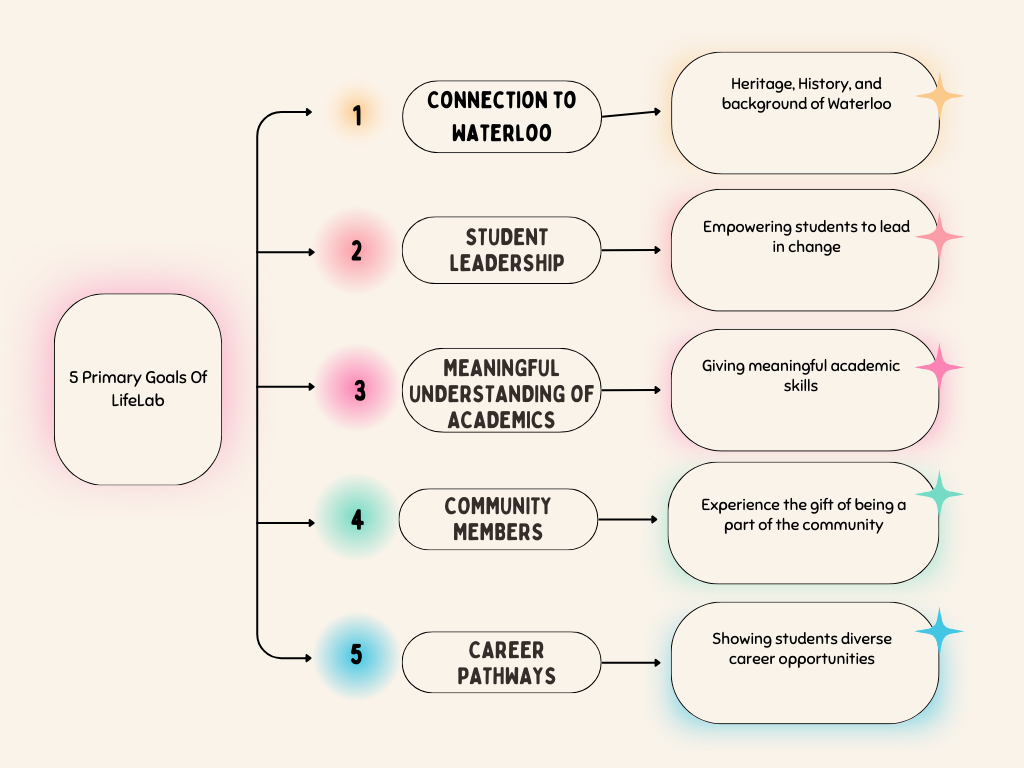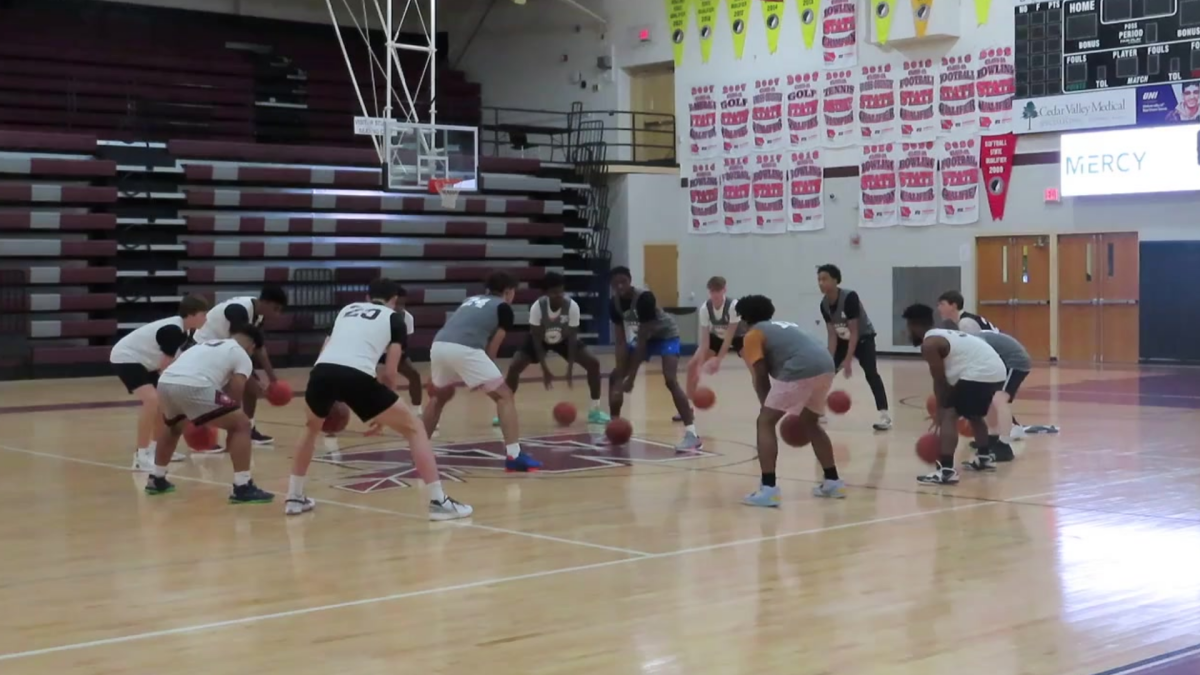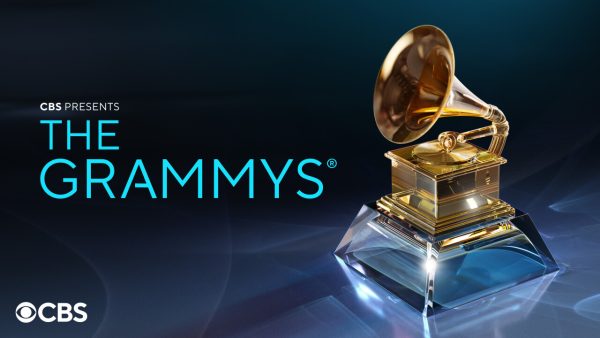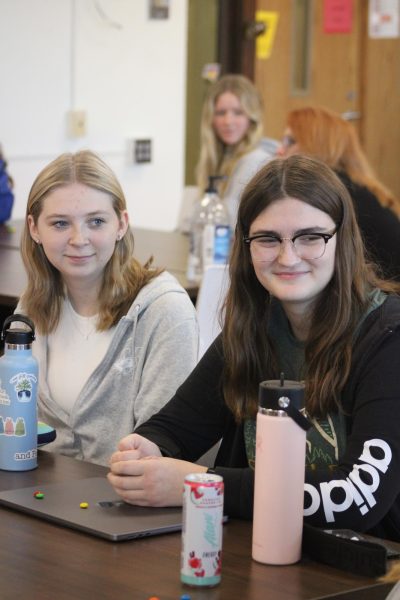Plants vs. Zombies: Where Is The Franchise Today?
January 4, 2023
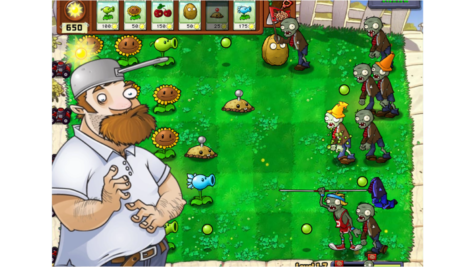
Plants vs. Zombies, a franchise known by many and beloved by few. Most people know about the “original” Plants vs. Zombies (PVZ) app game, a 2d tower defense strategy game where you play as crazy dave’s neighbor using plants to defend yourself from zombies. A game that is very well known and holds a place in many people’s hearts. Then In 2013, Plants vs. Zombies 2 became the sequel to the original. It improved on the complaints of the original being too easy and short. But it did not come without some cons, such as microtransactions being added and how grindy it felt to play the game, but was generally reserved well.

In 2014, the franchise took a turn and PVZ Garden warfare (GW) was released; it was a complete genre shift. From a tower defense strategy game to 3rd person shooter, the change was drastic. Normally a genre shift like this would not have been received well but in this case it was done care. They took elements of the first two games and implemented them to make this game feel new, yet familiar. The game was not perfect, but it was a good starting point for such a drastic charge in the franchise.
With the start of 2016 PVZ Garden Warfare 2 was released, it improved on the flaws of Garden warfare 1 such as single player only being available for Plants, and the plants always defending with the zombies always attacking.
GW2 is a multiplayer 3rd person shooter where zombies and plants face off in a battle for control. Each side has four classes of plants and zombies from the original GW with the addition of four new classes for each side. Giving you a grand total of fourteen classes to choose from, seven for each team.
Like many multiplayer games it has an assortment of game modes, such as attack/defend, and team vanquish. But it also has some unique spins of popular game modes like gnome bomb which is a different version of search and destroy. Each of the classes has a primary weapon, and special abilities specific to each class.
This concept is not unique in fact many games have used this “class” system across many games and genres. What makes this game unique are the variants, altered versions of the base class such as having a weapon that freezes enemies or inflicts side effects. Every class has between five and thirteen variants.
The one thing that never changes between classes are their abilities. The one exception to the abilities is their customization; almost every ability for each class has alternate versions that have their pros and cons, making them more of an alternative rather than just a direct upgrade, giving players more choices without giving them direct advantages. Abilities allow for a more fair experience for newer players as they are very easy to use and can give them a fighting chance. The only other customization option is the cosmetics, but they can only change the appearance of the character and does not affect game play.
Most people might think that this is just your average shooter game, but the amount of choices you have available and the amount of unique game modes allows for a surprising amount of replayability. The player’s interest is constantly pulled as you will almost always have a character that you have not played. What also helps with this is that you are only given the base variants, all the others have to be unlocked using in-game currency.
However it’s not a straightforward process of choosing the character you want to unlock, and unlocking it for a set amount of coins. Instead it is a process of gaining enough coins by playing different game modes to open packs that contain stickers to unlock a character, each character needing five pieces to unlock. This process will intrigue the player to play more to unlock more and encourages players to play classes that wouldn’t normally play sense unlocking the new character is an exciting process.

Sub-classes are also really good, they are a character that has the traits of multiple classes making it a good transition into a class you otherwise would not have touched. So not only does it have one of the largest selection of characters out of most video games, it also encourages exploration of new ones. I say that this game has a lot of replayability value which is important for the longevity of the game, proven by its still active player base.
This game has lost support from the developers for nearly four years, and I think that if a game can survive this long without support from the developers, then it can be considered a good game.
There are many other aspects of this game that I have not touched on, but the main reasons for the entertainment of this game have been stated. This one of my favorite games of all time and my favorite franchise ever, it’s sad to see the state that it is in, with no new games for the foreseeable future and almost no support across the whole franchise.
Even with this GW2 still seems to bring in new players and in my opinion, this game is honestly the best game in the whole franchise. A very well rounded experience with hours of entertainment and a community that seems to have no sign of dying out. I hope that one day the developers see a future in this amazing franchise.


